Home>Gardening & Outdoor>Landscaping Ideas>What Time To Water Grass
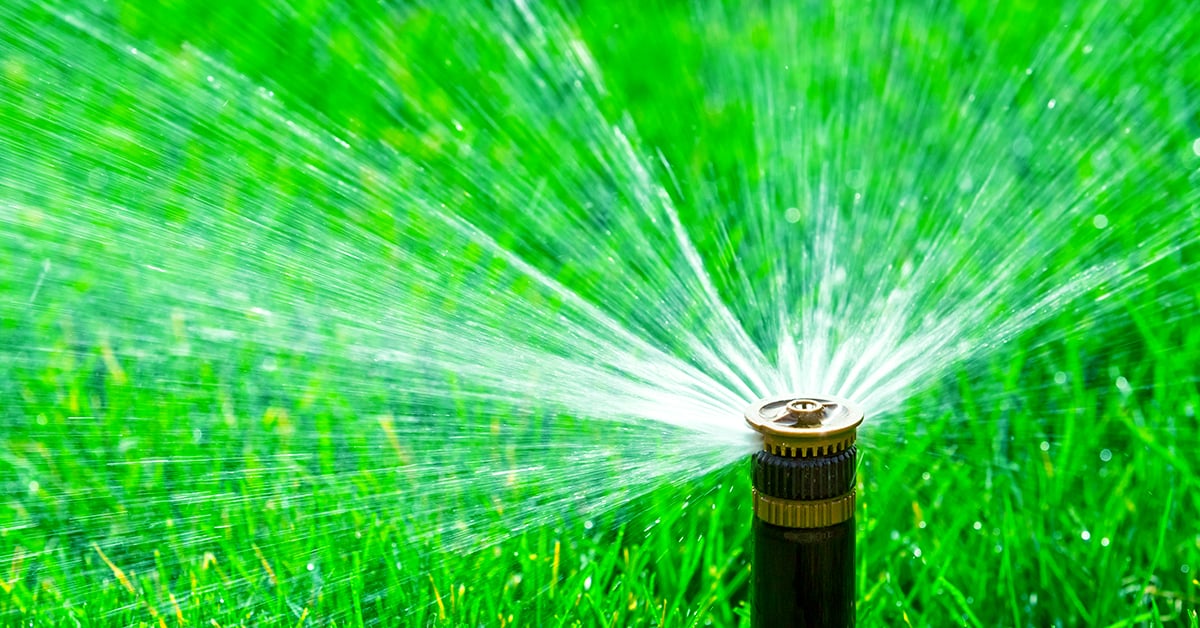

Landscaping Ideas
What Time To Water Grass
Modified: February 18, 2024
Discover the best landscaping ideas for watering your grass at the right time. Learn expert tips for maintaining a lush, healthy lawn.
(Many of the links in this article redirect to a specific reviewed product. Your purchase of these products through affiliate links helps to generate commission for Storables.com, at no extra cost. Learn more)
Introduction
When it comes to maintaining a lush, vibrant lawn, watering is a crucial aspect of lawn care. The timing and frequency of watering can significantly impact the health and appearance of your grass. Watering your lawn at the right time ensures that the moisture reaches the roots, promoting strong and resilient growth. However, determining the optimal time to water your grass involves considering various factors, including climate, soil type, and grass species. In this comprehensive guide, we will delve into the key considerations for watering your grass and explore the best practices for achieving a thriving lawn. Whether you're a seasoned lawn care enthusiast or a novice homeowner looking to elevate your landscaping game, mastering the art of watering your grass at the right time is essential for cultivating a verdant and inviting outdoor space. So, let's dive into the factors that influence the ideal timing for watering your grass and uncover the secrets to nurturing a healthy, vibrant lawn.
Key Takeaways:
- Water your grass in the early morning or early evening to maximize absorption and minimize evaporation, promoting deep root development and preventing fungal issues.
- Tailor your watering frequency to match your grass’s needs, considering factors like soil moisture, growth stage, climate, and drainage to maintain a healthy, vibrant lawn.
Factors to Consider
Before establishing a watering schedule for your lawn, it’s essential to consider several factors that can influence the timing and frequency of watering. Understanding these factors will empower you to make informed decisions and tailor your watering practices to meet the specific needs of your grass and local environment. Here are the key factors to consider:
- Climate: The climate of your region plays a pivotal role in determining the ideal watering schedule for your grass. Areas with hot, arid climates may require more frequent watering, while regions with cooler, more temperate climates may necessitate less frequent irrigation. Additionally, the presence of seasonal variations, such as dry spells or rainy periods, should be taken into account when planning your watering routine.
- Soil Type: The composition of your soil can significantly impact its water retention and drainage capabilities. Sandy soils drain water more rapidly and may require more frequent watering, whereas clay soils retain moisture for longer periods. Understanding your soil type will help you adjust your watering schedule to ensure adequate moisture reaches the grass roots without leading to waterlogging or runoff.
- Grass Species: Different grass species have varying water requirements and tolerances. Warm-season grasses, such as Bermuda grass and Zoysia grass, thrive in hot climates and often require more frequent watering during the growing season. In contrast, cool-season grasses like Kentucky bluegrass and fescue may have lower water needs and can withstand moderate drought conditions.
- Time of Year: The time of year influences the growth patterns and water needs of your grass. During the active growing season, typically spring and summer, grass may require more frequent watering to support healthy growth. In contrast, the dormant season, usually fall and winter, may necessitate less frequent irrigation as grass growth slows down.
- Time of Day: The time of day when you water your grass can impact the effectiveness of irrigation. Watering in the early morning allows for optimal absorption and minimizes water loss due to evaporation. Conversely, watering during the hottest part of the day can lead to water loss through evaporation and may not effectively hydrate the grass.
By considering these factors, you can develop a tailored watering strategy that aligns with the specific needs of your lawn, promoting healthy growth and resilience. Now that we’ve explored the essential factors to consider, let’s delve into the best time to water your grass for optimal results.
Best Time to Water Grass
Choosing the optimal time to water your grass is crucial for maximizing the effectiveness of irrigation and ensuring that your lawn receives the hydration it needs to thrive. By aligning your watering schedule with the most favorable timing, you can promote deep root development, minimize water waste, and enhance the overall health and appearance of your grass. Here are the key considerations for determining the best time to water your grass:
- Early Morning: Watering your grass in the early morning, ideally before 10 a.m., is widely regarded as the most advantageous time for irrigation. During the early morning hours, temperatures are typically lower, and winds are calmer, reducing the risk of water loss through evaporation and wind drift. Additionally, watering in the morning allows the grass blades to dry off during the day, minimizing the likelihood of fungal diseases that thrive in prolonged moisture.
- Evening: If early morning watering is not feasible, the early evening, after 4 p.m. but with enough time for the grass to dry before nightfall, can serve as an alternative time for irrigation. During the evening, the sun’s intensity diminishes, and the air becomes cooler, creating favorable conditions for water absorption. However, it’s essential to avoid watering too late in the evening, as prolonged moisture on the grass overnight can increase the risk of fungal issues.
- Avoid Midday Watering: Watering your grass during the hottest part of the day, typically between 10 a.m. and 4 p.m., should be avoided whenever possible. The intense midday heat accelerates evaporation, leading to inefficient water absorption by the grass roots. Additionally, watering during this period can cause water droplets to act as magnifying lenses, potentially scorching the grass blades.
By prioritizing early morning or early evening watering sessions, you can optimize the effectiveness of irrigation and support the long-term health and vitality of your lawn. The timing of watering plays a pivotal role in maximizing water efficiency and ensuring that your grass receives the hydration it needs to flourish. Now that we’ve explored the best time to water your grass, let’s shift our focus to the frequency of watering and the importance of adapting your schedule to meet the evolving needs of your lawn.
Water your grass in the early morning, between 6 am and 10 am, to reduce evaporation and allow the grass to dry before nightfall, which can help prevent disease.
Frequency of Watering
Establishing an appropriate watering frequency is essential for sustaining healthy grass growth and vitality. While the timing of watering is crucial, the frequency of irrigation also plays a significant role in ensuring that your lawn receives adequate moisture without succumbing to overwatering or drought stress. The ideal watering frequency is influenced by several factors, including climate, soil conditions, and the specific requirements of your grass species. Here’s a closer look at the key considerations for determining the frequency of watering for your lawn:
- Soil Moisture Levels: Monitoring the moisture levels in your soil is a fundamental step in gauging the need for watering. Conducting regular soil assessments can help you determine whether your lawn requires irrigation. Dry, parched soil indicates the need for watering, while consistently soggy or waterlogged soil may signal overwatering, necessitating a reduction in irrigation frequency.
- Grass Growth Stage: The growth stage of your grass, whether it’s actively growing or entering dormancy, can influence its water requirements. During periods of active growth, typically in spring and summer, grass may require more frequent watering to support its development. In contrast, as the growth rate slows down, such as during fall and winter, the watering frequency can be adjusted to align with the grass’s reduced needs.
- Climate and Weather Patterns: Adapting your watering frequency to align with the prevailing climate and weather conditions is crucial for maintaining a healthy lawn. In hot, dry climates, or during periods of drought, more frequent watering may be necessary to prevent the grass from becoming stressed or brown. Conversely, in cooler, wetter climates, or during rainy spells, adjusting the watering frequency to avoid overhydration is essential.
- Water Retention and Drainage: Understanding the water retention and drainage characteristics of your soil is vital for fine-tuning your watering schedule. Soil with poor drainage may require less frequent, shorter watering sessions to prevent waterlogging, while well-draining soil can accommodate more infrequent, deeper watering sessions.
By carefully considering these factors and monitoring the moisture needs of your lawn, you can establish a tailored watering frequency that fosters healthy grass growth while conserving water resources. Striking a balance between providing adequate hydration and preventing water-related issues is key to nurturing a thriving and resilient lawn. Now that we’ve explored the essential factors influencing the frequency of watering, let’s summarize the key insights and considerations for optimizing your lawn’s watering regimen.
Conclusion
Mastering the art of watering your grass at the right time and frequency is a cornerstone of effective lawn care, contributing to the overall health, resilience, and visual appeal of your outdoor space. By considering a range of factors, including climate, soil type, grass species, and seasonal variations, you can develop a customized watering strategy that aligns with the specific needs of your lawn. The best time to water your grass, typically in the early morning or early evening, maximizes water absorption and minimizes the risk of evaporation, fostering deep root development and robust growth.
Furthermore, adapting the frequency of watering to reflect the changing needs of your grass throughout the year is essential for maintaining optimal moisture levels and preventing both under- and overwatering. By closely monitoring soil moisture, grass growth stages, and weather patterns, you can fine-tune your watering schedule to promote healthy, vibrant grass while conserving water resources.
Ultimately, a well-executed watering regimen contributes to the long-term sustainability and beauty of your lawn, creating an inviting outdoor environment for relaxation, recreation, and social gatherings. As you embark on your journey to elevate your lawn care practices, remember that understanding the nuanced dynamics of watering your grass is a continuous learning process. By staying attuned to the unique characteristics of your lawn and implementing thoughtful watering practices, you can cultivate a verdant, thriving landscape that enhances the beauty and enjoyment of your outdoor living space.
With a holistic approach to lawn care, encompassing watering, mowing, fertilization, and overall maintenance, you can create a captivating outdoor oasis that reflects your dedication to nurturing a vibrant and welcoming home environment.
So, as you embark on your lawn care endeavors, may your grass flourish, your outdoor space thrive, and your enjoyment of nature’s splendor deepen with each passing season.
Frequently Asked Questions about What Time To Water Grass
Was this page helpful?
At Storables.com, we guarantee accurate and reliable information. Our content, validated by Expert Board Contributors, is crafted following stringent Editorial Policies. We're committed to providing you with well-researched, expert-backed insights for all your informational needs.
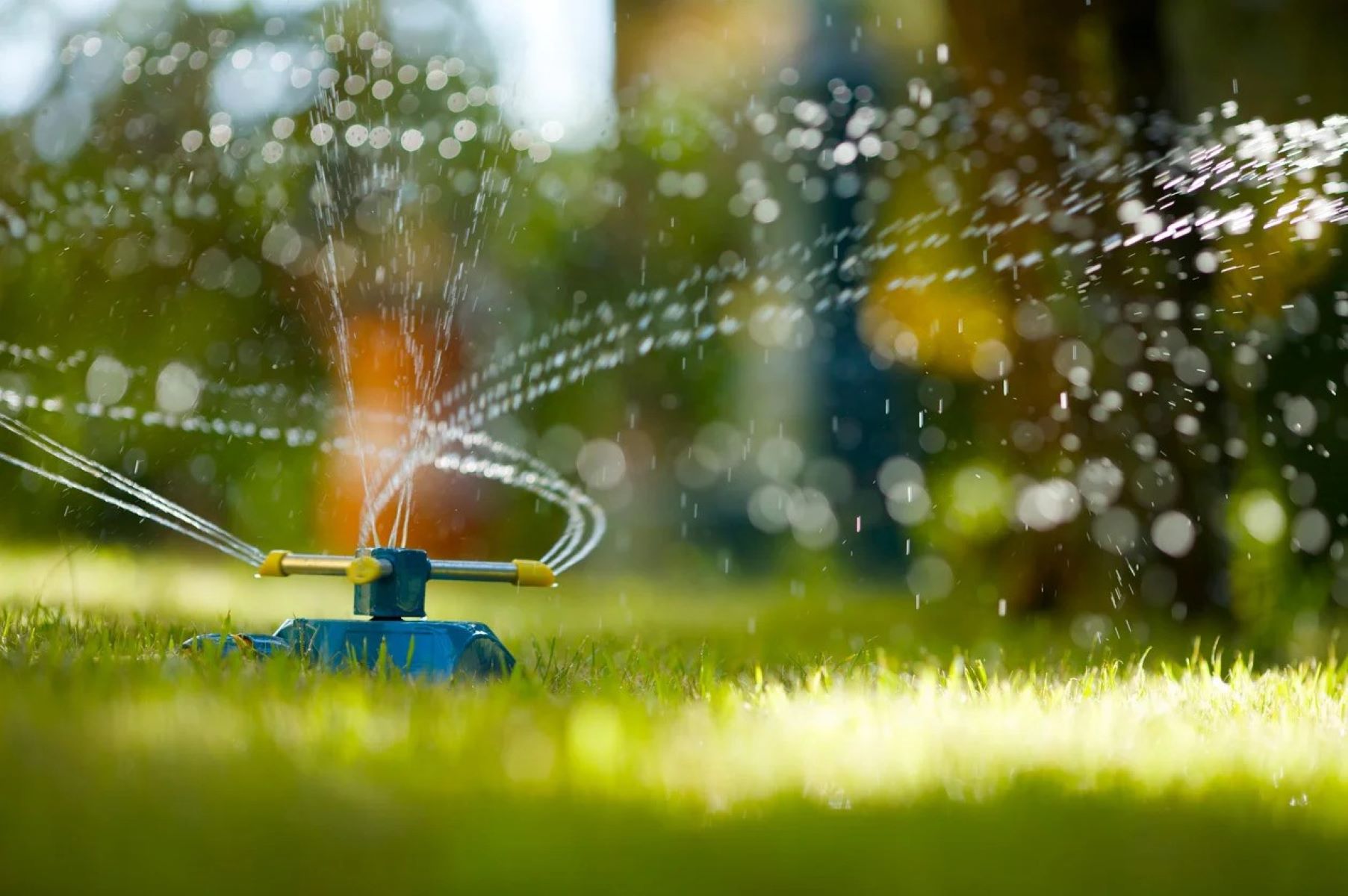
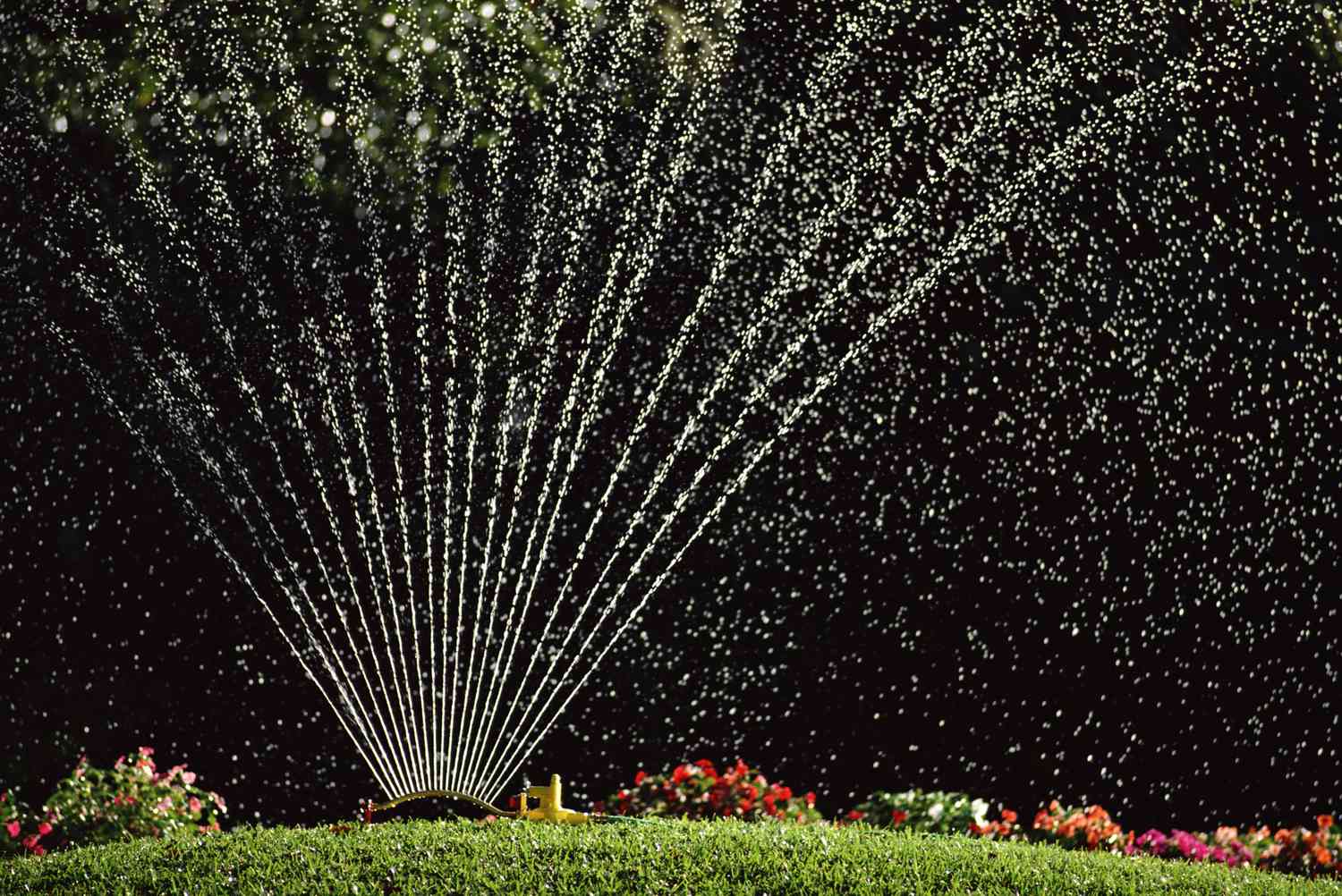
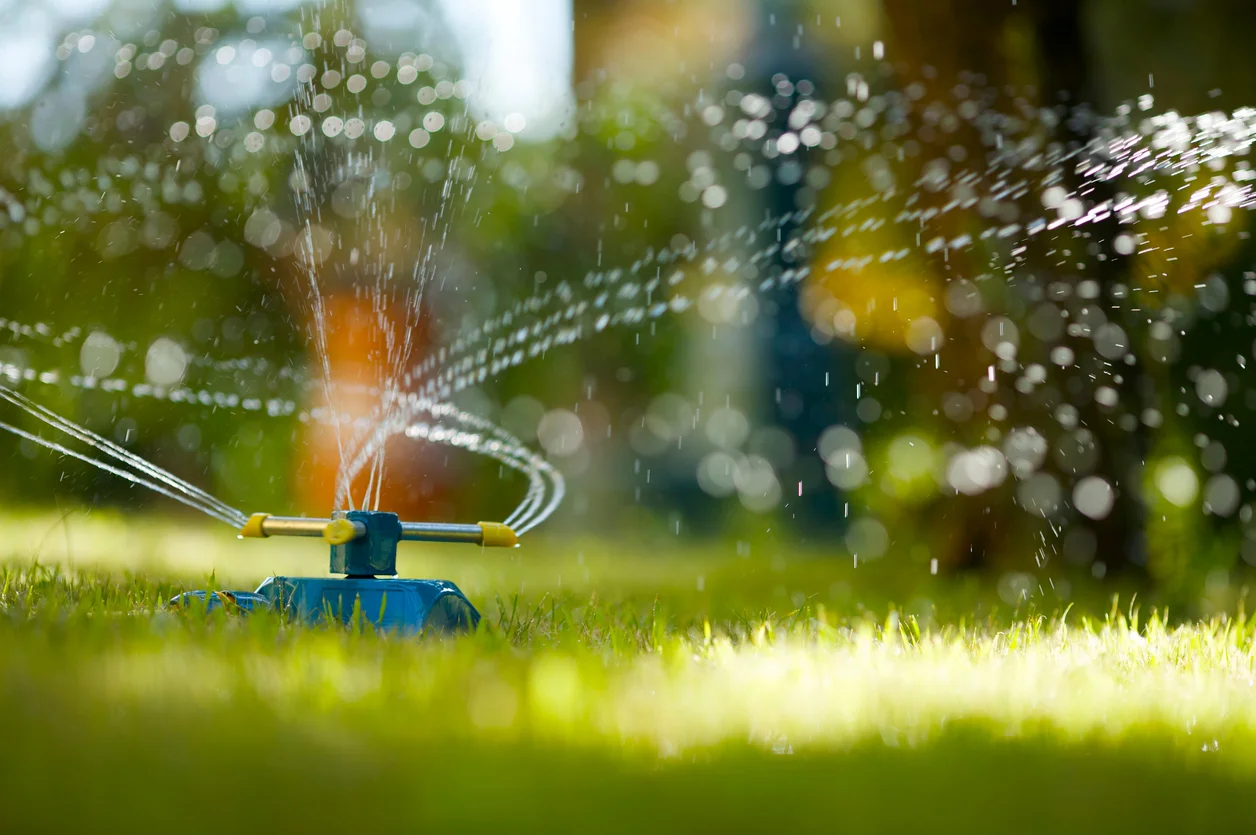
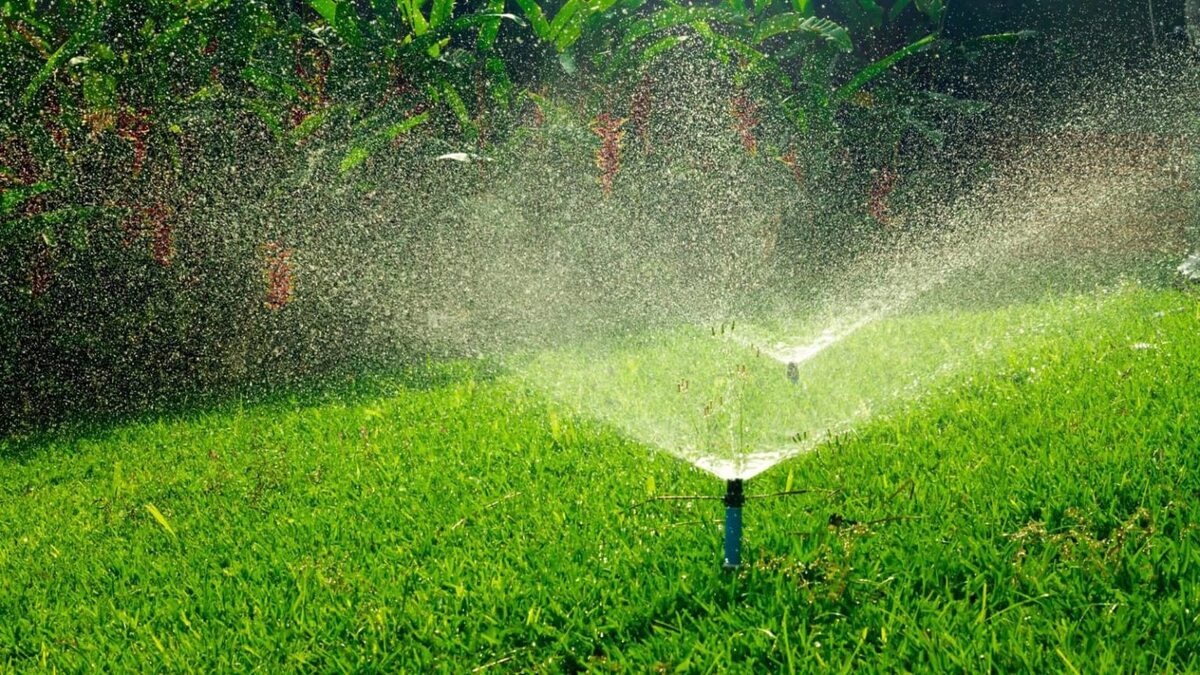
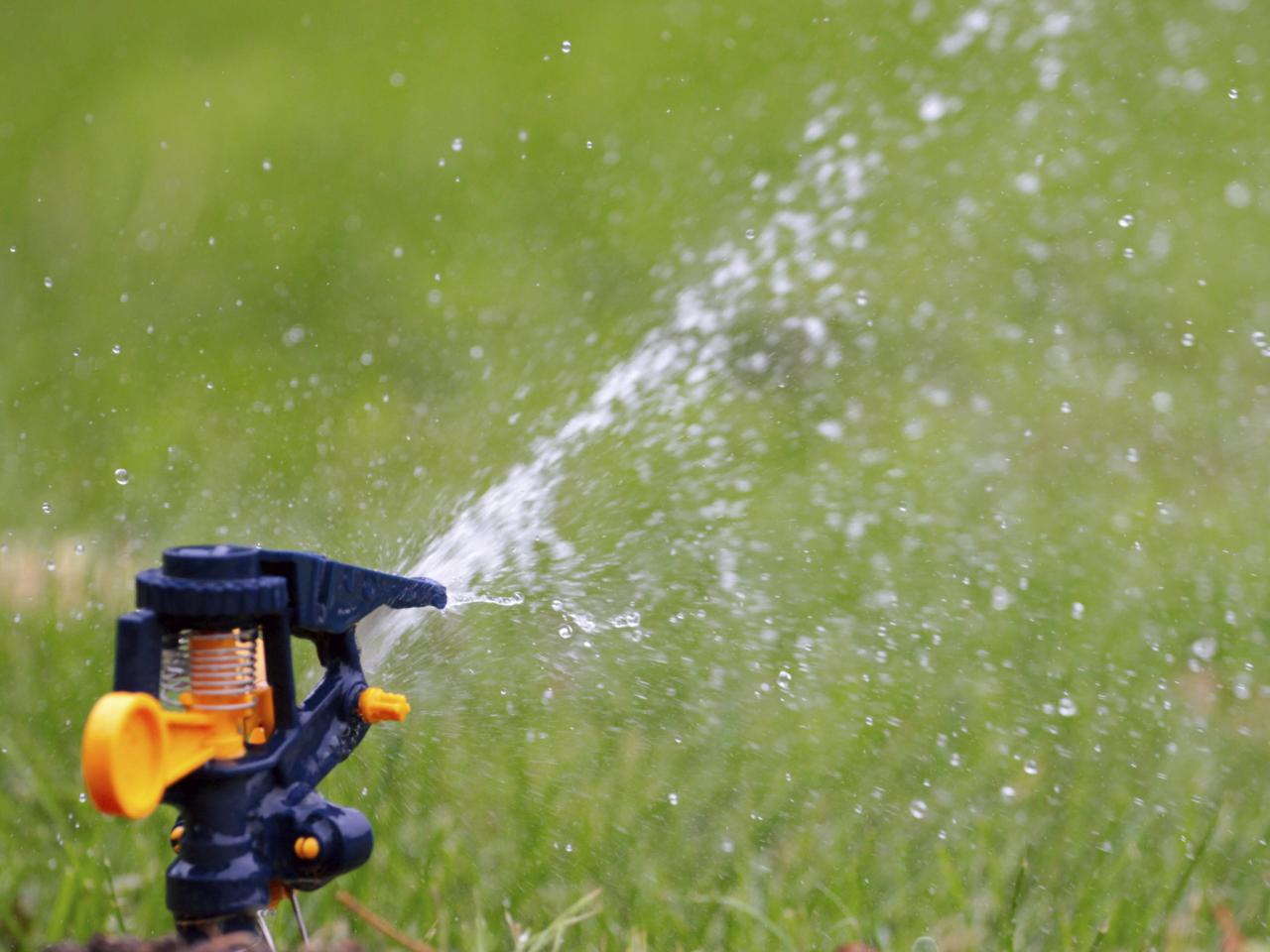
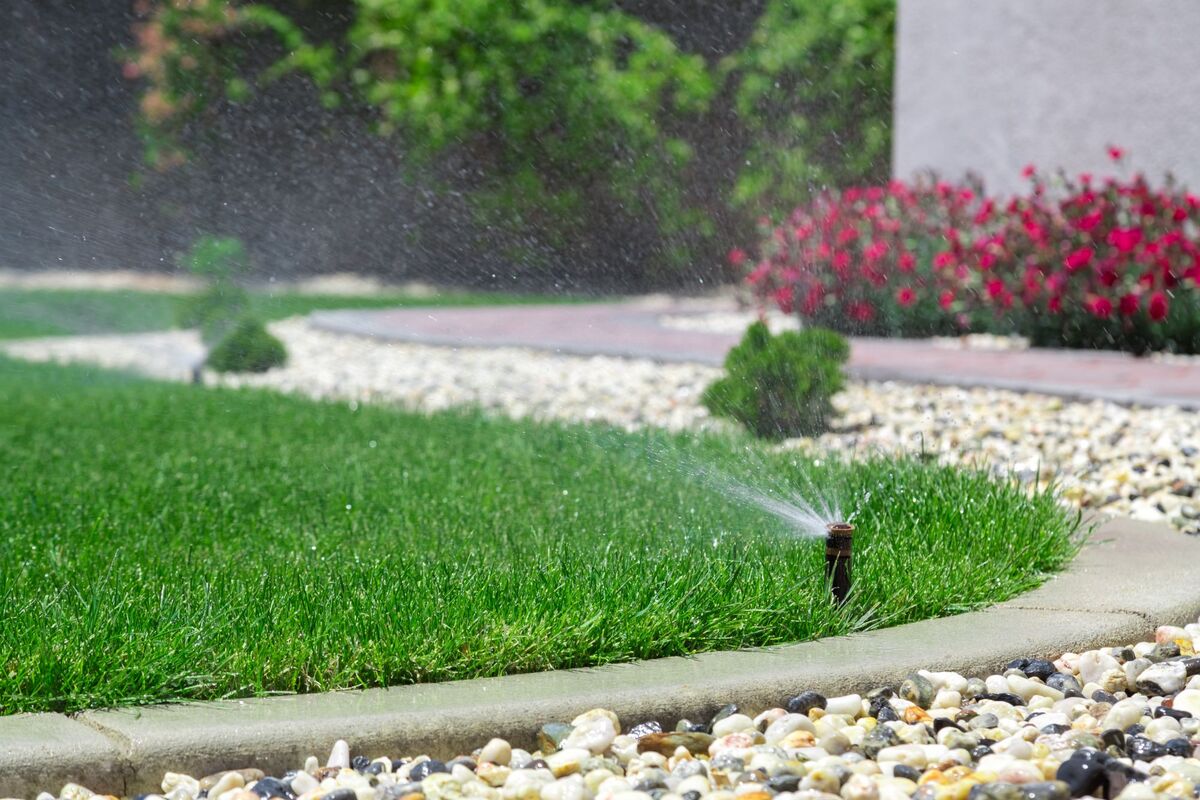
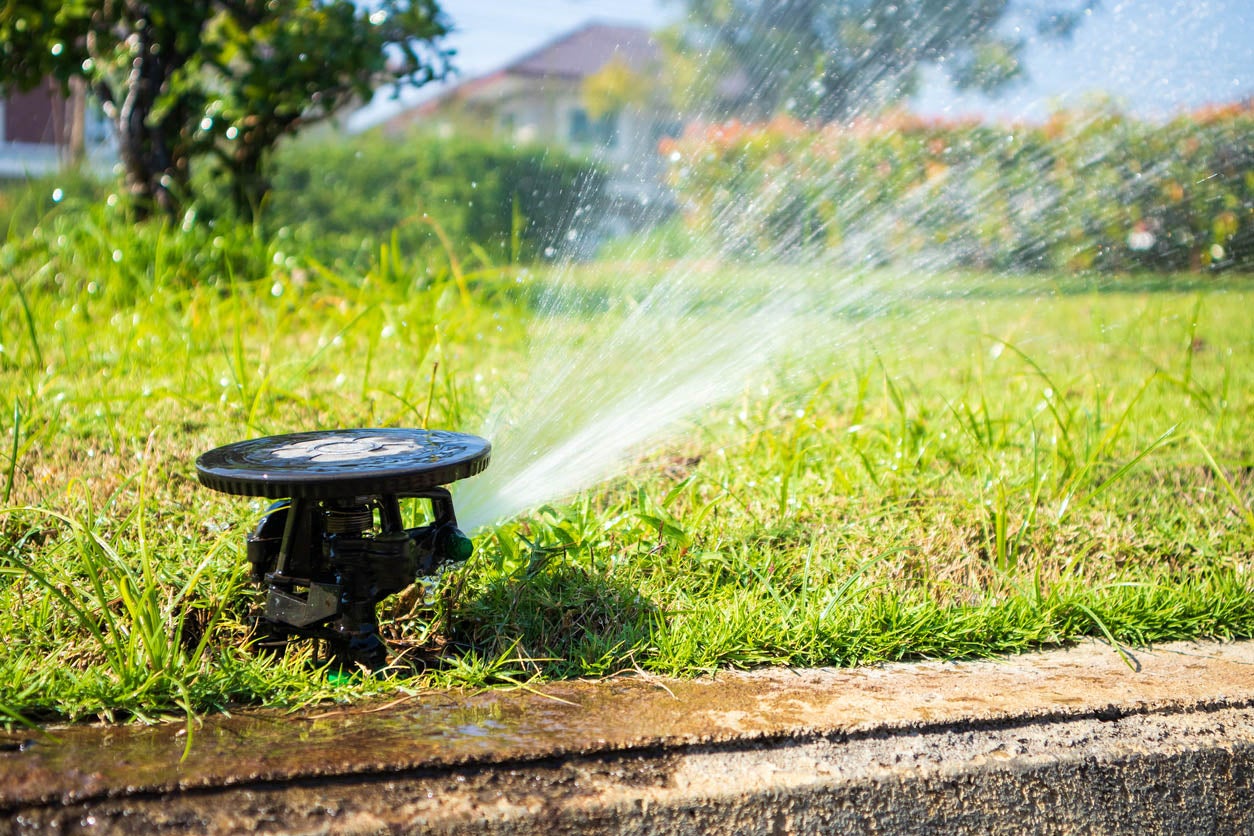


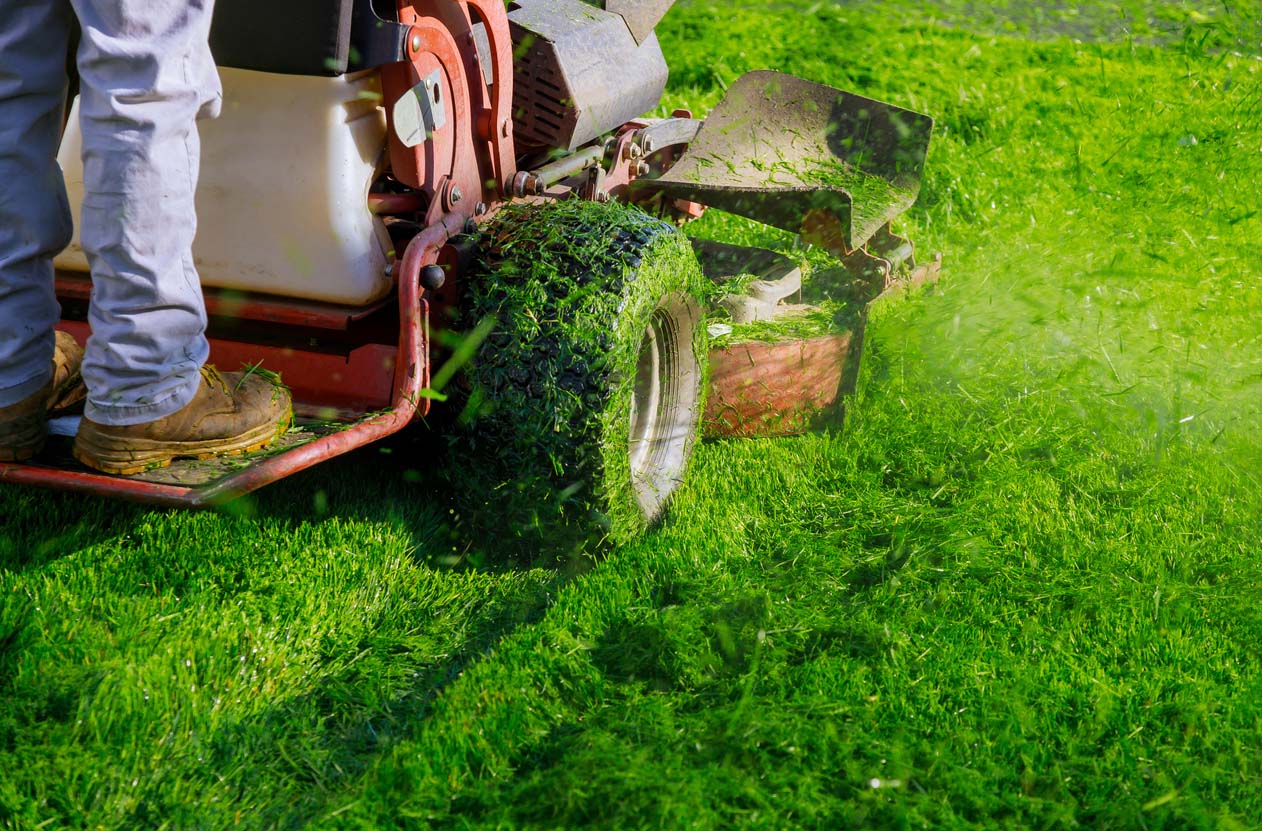
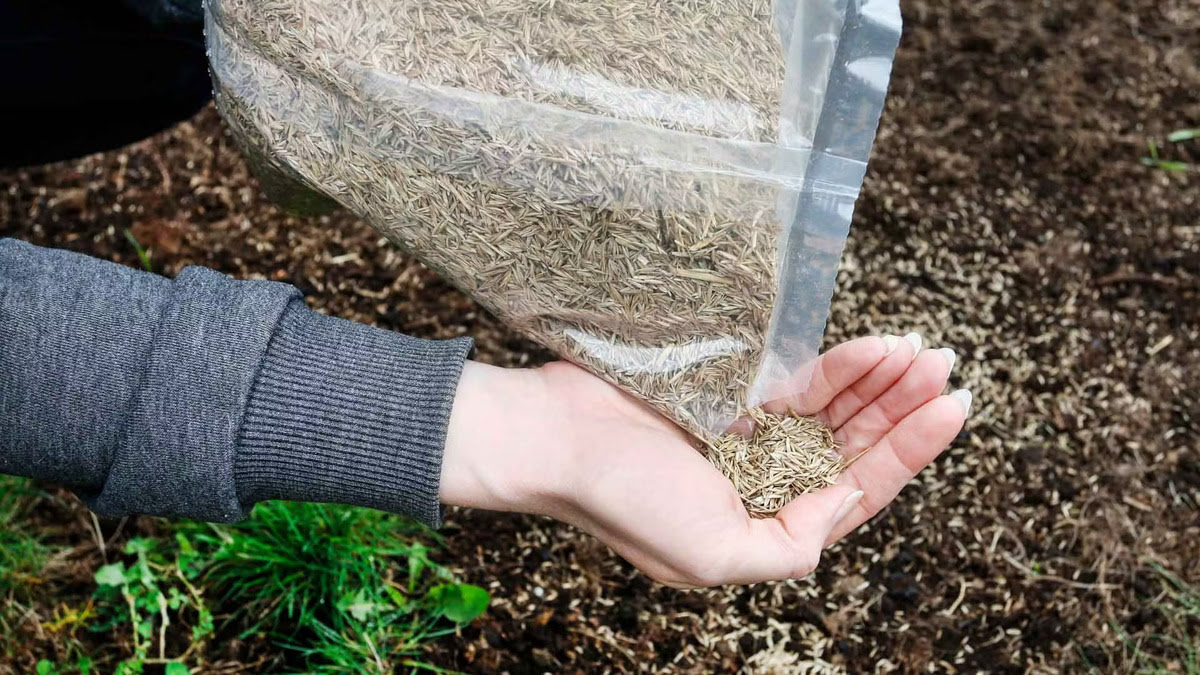
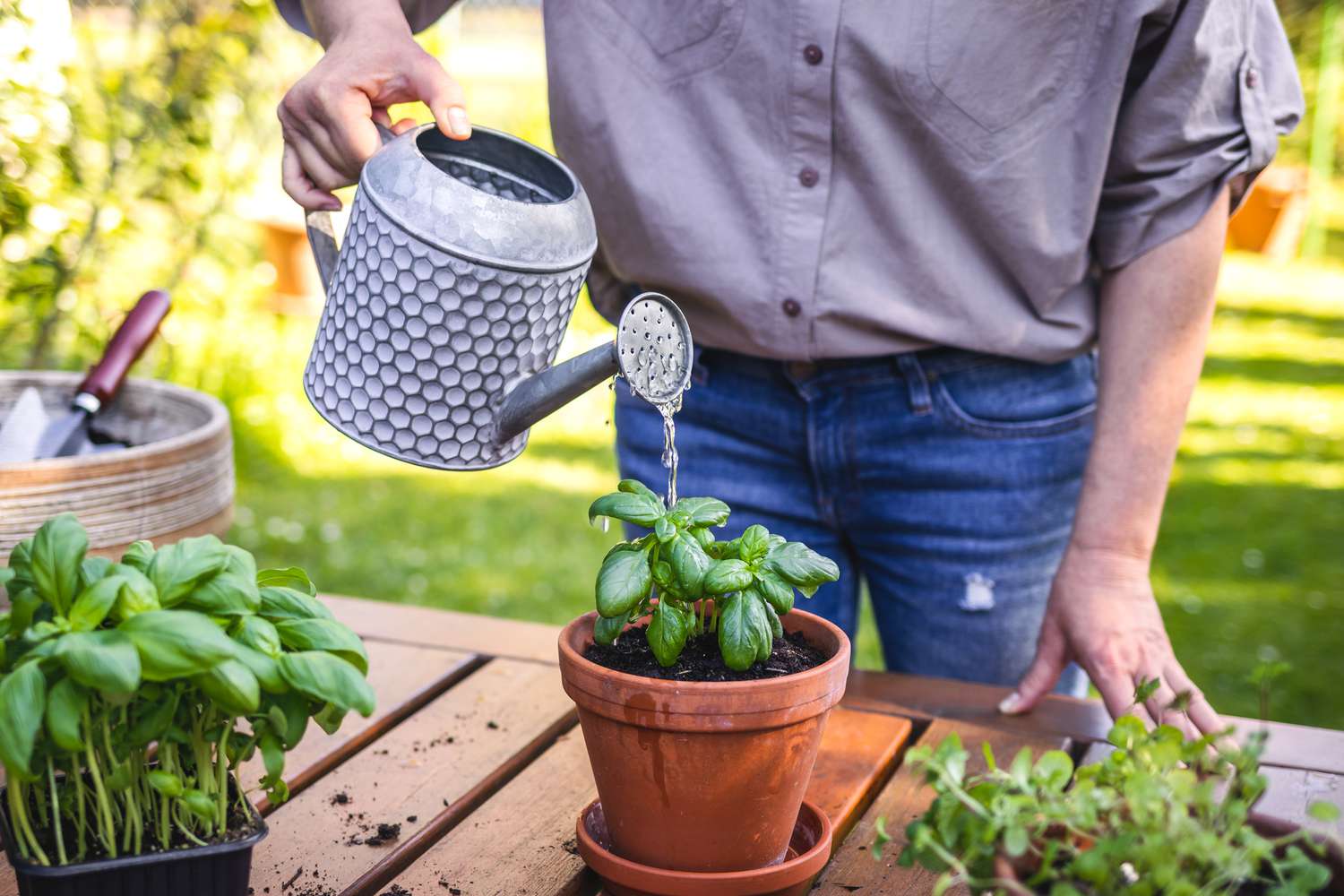
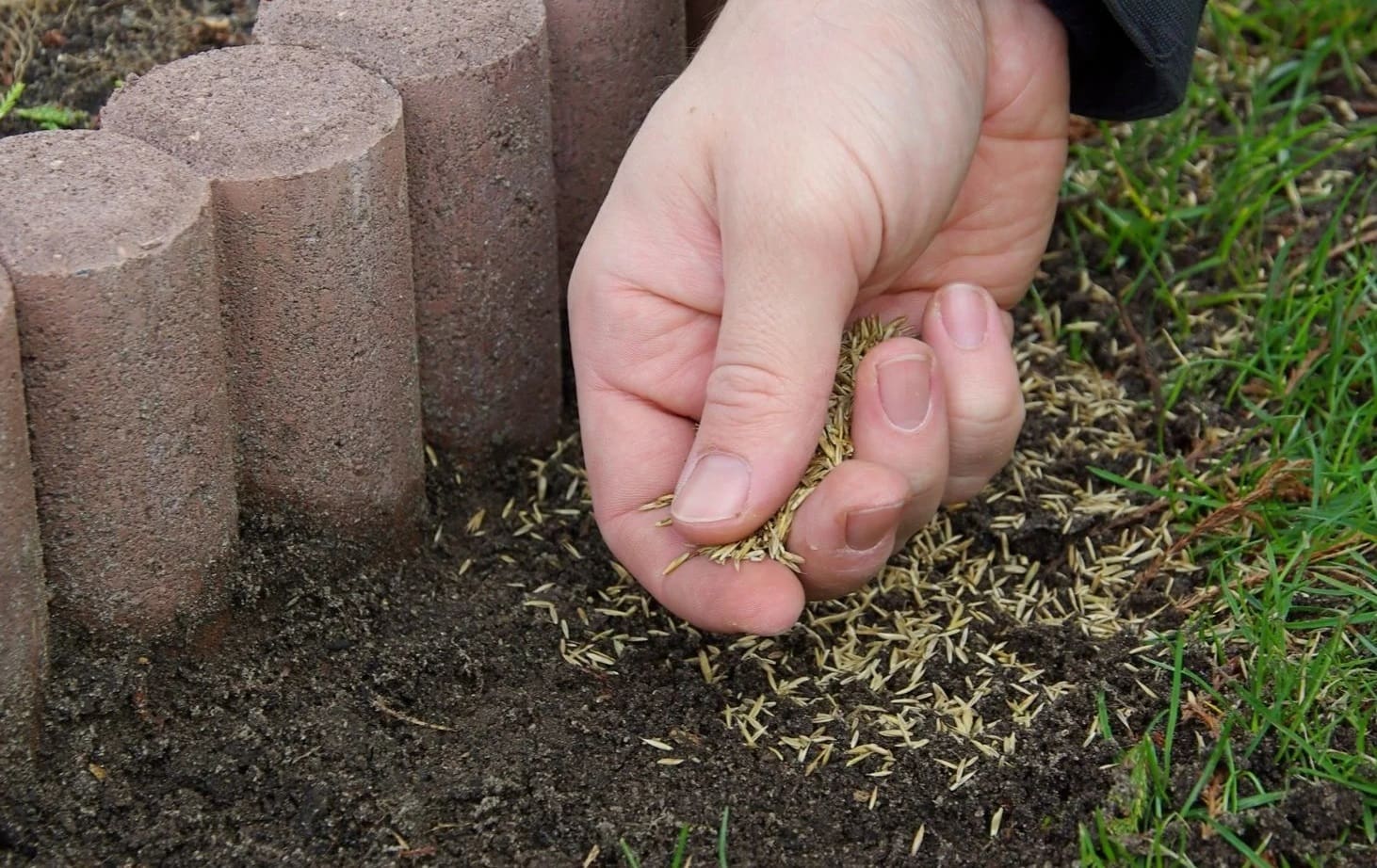
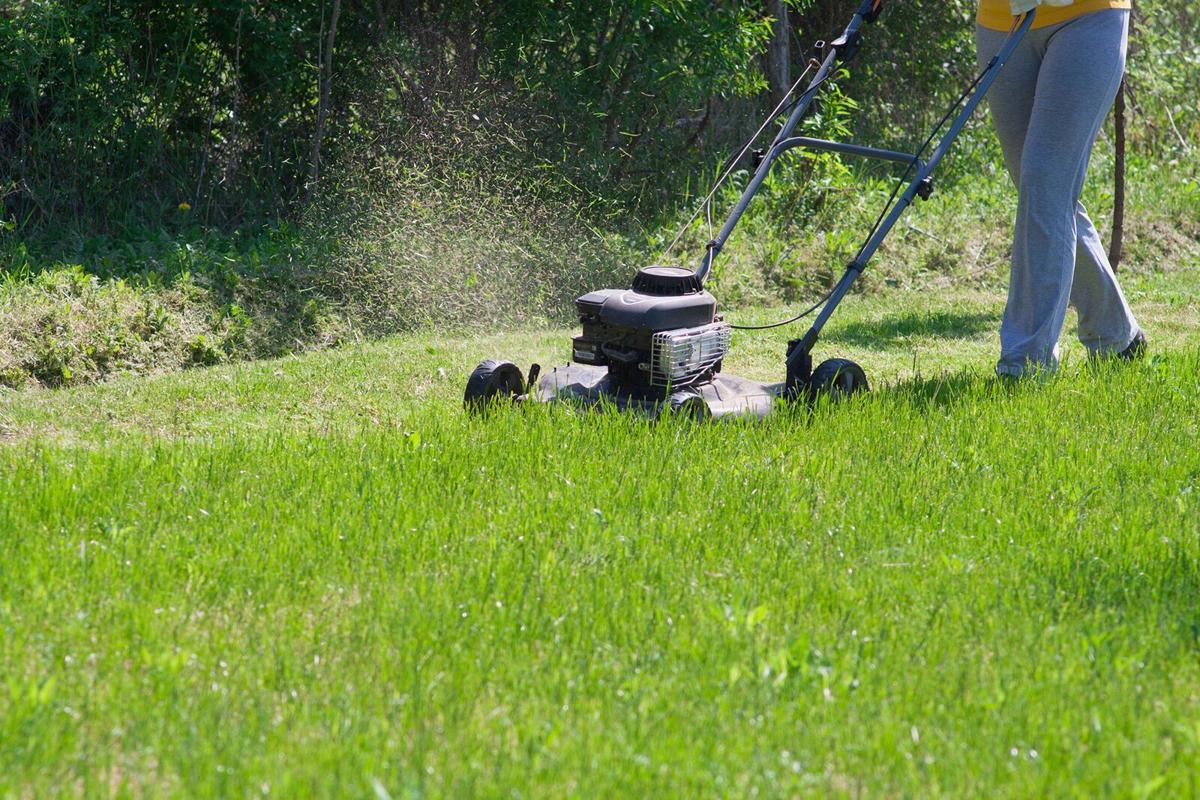
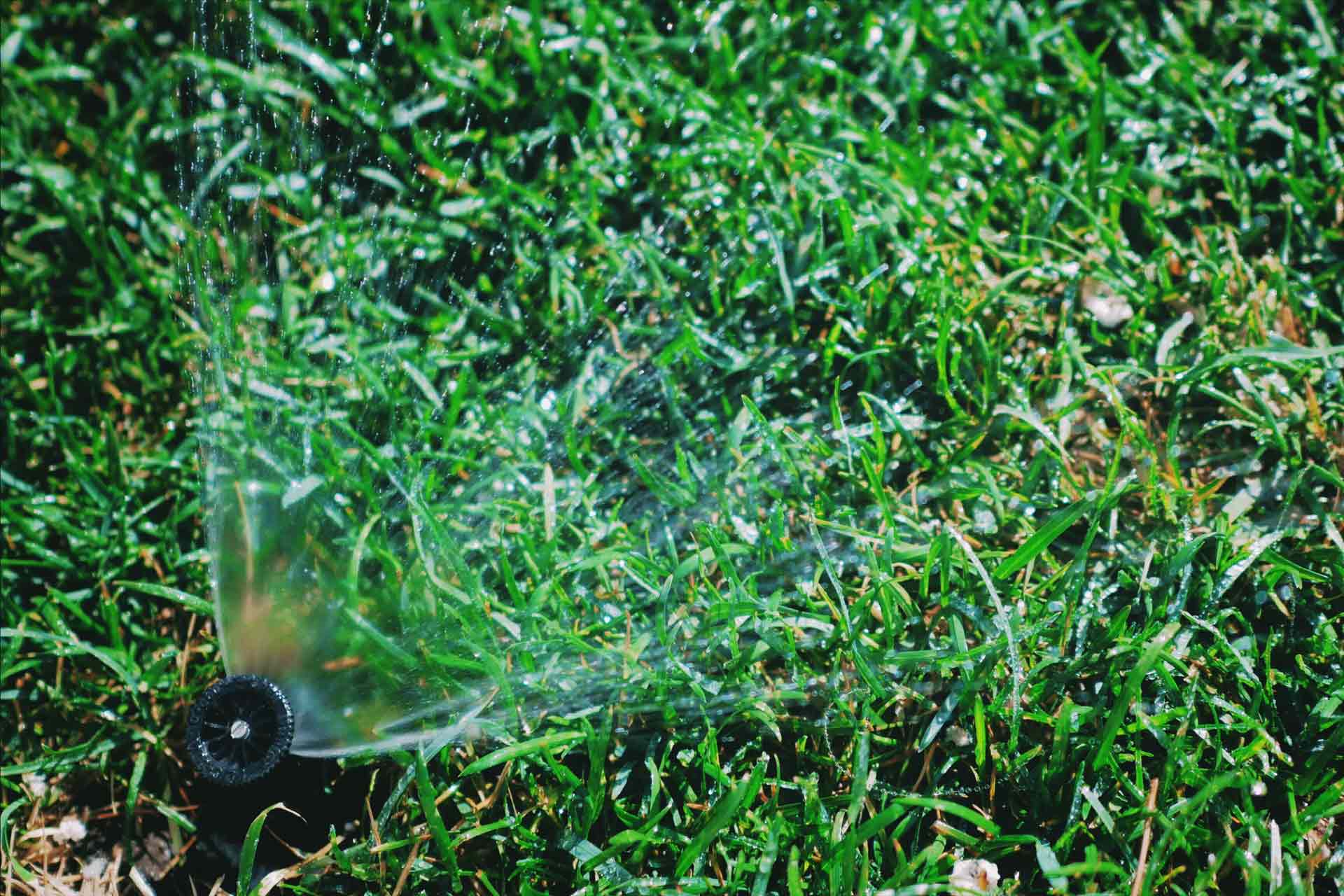

0 thoughts on “What Time To Water Grass”